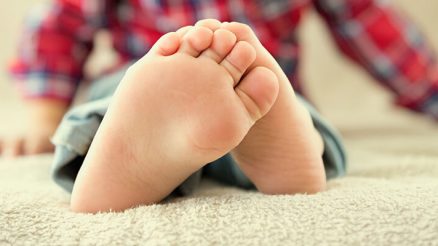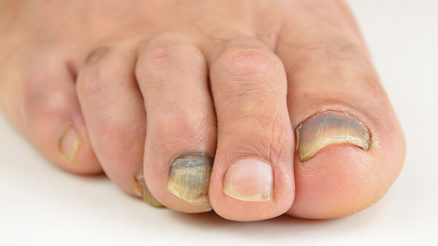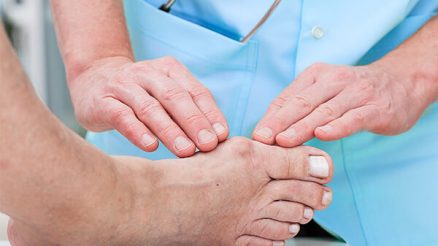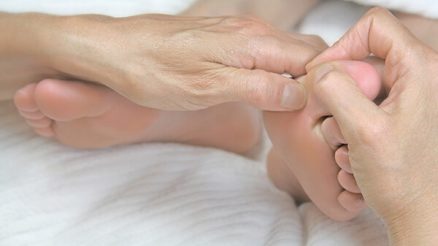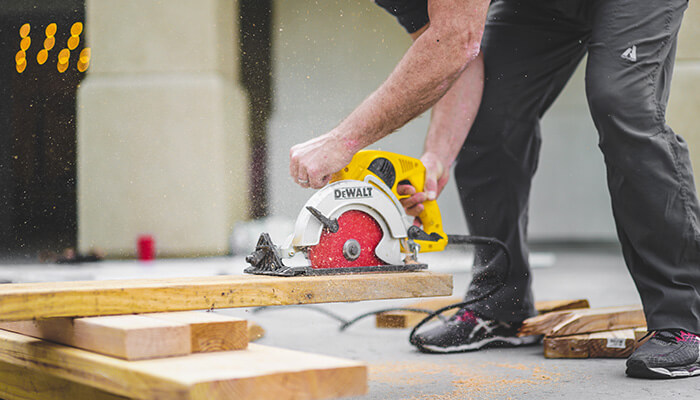
Standing, they say, is better than sitting all day. If you need to stand for hours at work, you keep an active body as you burn calories. You become fitter and slimmer because your job entails you to be active. However, standing can cause pain and aches. You can follow these important tips for people who need to stand for hours at work.
Table of Contents
- Tips For People Who Stand All Day at work:
- 1. Wear supportive work shoes
- 2. Wear Shoe insoles or orthotics.
- 3. Rotate your work shoes.
- 4. Wear compression socks and stockings.
- 5. Change your socks during your shift.
- 6. Correct standing posture.
- 7. Frequently change your body positions.
- 8. Sit and stand while you work.
- 9. Use an anti-fatigue mat.
- 10. Take walking breaks at work.
- 11. Maintain a healthy weight.
- 12. Do foot stretches and exercises.
- 13. Wash and soak feet.
- 14. Get a foot massage.
- 15. Simple yoga poses.
- When to see a Podiatrist?
Tips For People Who Stand All Day at work:
1. Wear supportive work shoes
If you are standing all day, you need to wear the right shoes. Your work shoes must be cushioned, comfortable, and provide enough room for your toes to move. Your feet tend to swell when you stand the whole day. Thus, you need to buy a pair of shoes that have ample room. If you buy a smaller size, your feet will hurt and may even lead to bruising.
2. Wear Shoe insoles or orthotics.
You can buy shoe insoles in stores to provide support and cushioning. These inserts are made of foam, plastic, or gel. They offer extra cushioning to your entire foot and provide arch support. Furthermore, they make you feel comfortable while you stand the whole day at work.
Orthotics, on the other hand, are prescription devices that you wear to correct foot issues that relate to the way you run, stand, or walk. They provide pain relief in medical conditions like arthritis, bursitis, plantar fasciitis, and diabetes. Your podiatrist may also prescribe them to you if you have flat feet.
3. Rotate your work shoes.
Standing at work all the day decompresses the cushion foam cells of your shoes. Therefore, rotating work shoes will allow your shoes to “rest.” Also, it prolongs the lifespan of your shoes.
4. Wear compression socks and stockings.
Compression socks and stockings alleviate the soreness of your legs. They regulate the flow of oxygen in your lower extremities while boosting blood circulation throughout your body. Moreover, they reduce and prevent the swelling in your feet and legs because they guide the blood flow upward and prevent water from accumulating in your extremities.
5. Change your socks during your shift.
If you are standing all the time at work, you must wear cotton socks because they absorb moisture and sweat. Changing them during a long shift will prevent fungal foot infection.
6. Correct standing posture.
A good posture prevents injury and provides support to your neck and back. When standing, you must keep your tummy pulled in, and your back must be straight. The slouching position makes a bad posture. Your shoulders must be straight and your head up most of the time.
7. Frequently change your body positions.
One of the important tips for people who stand all day at work is not to keep the same position repeatedly. If you feel discomfort, you can give your pelvis a tilt by activating your glutes and engaging your anterior core. There must be a conscious effort to make the necessary adjustments.
In time, these adjustments will be part of your subconscious. Consistency is vital if you want to make your legs and feet comfortable even when you keep a standing position every working day.
8. Sit and stand while you work.
Since you stand all day, you must sit whenever you take your breaks. Do not do your errands during your lunch breaks. Your feet, legs, and back deserve a break too.
9. Use an anti-fatigue mat.
You can use the anti-fatigue mat while you work because it encourages stretching and movement while you stand at work. An anti-fatigue mat helps you to change position because it is not flat. It massages your feet and stretches your calves. Thanks to its cushioned surface, it prevents fatigue. Moreover, it reduces the impact of standing too long on your joints and prevents posture problems.
10. Take walking breaks at work.
If you need to walk, your heel must touch the floor before your toes. This way, you do not plunk down your shoes every time you step on them. Moreover, your shoulders must always be in line with your hips and spine.
11. Maintain a healthy weight.
If you maintain a healthy weight, you relieve your lower extremities from carrying your excess pounds. Your feet will be able to provide support to your body without unnecessary stress and tension.
12. Do foot stretches and exercises.
You need to do stretching exercises during your breaks because your muscles and joints tend to get stiff from too much standing. Even if you are standing at the counter or desk, you can stretch your thighs by pulling back one leg behind. Then, you can pull back the other leg after.
Also, you can try touching your toes or reaching down and keeping that position while you count from 1 to 10. These exercises will stretch your hamstrings. You can remove your shoes and extend your feet when you take a break.
13. Wash and soak feet.
If you want a footbath, you can fill a small basin with warm and sudsy water then slip your feet into it. You can even do it while you check your emails or watch TV. Some relaxation techniques do not necessarily hinder your time with your family at home.
14. Get a foot massage.
Every time you get home from work, you must pamper your feet by giving it a massage or footbath. Rub your heels, feet, and soles gently with your hands after taking off your shoes and socks. Apply medium pressure only.
15. Simple yoga poses.
You can incorporate yoga movements into your day. Simple yoga postures will make your body pliable. You can even experience less pain when you get home from work. Even when you are standing, you can do some yoga poses.
- High/Low Lunge Pose:
This yoga posture stretches your quads and groin, tests your balance, and strengthens your knees. You step one foot forward in a high lunge position. Then, you lower the knee of your other foot to the ground. Keep this position for about five counts before switching sides.
- Forward Fold:
The forward fold improves your blood circulation and boosts your energy. Keep your feet apart and your hands on your hips. Then, you fold your legs slowly. Hold the position for a few breaths. If there are pinching sensations in the lumbar spine, you must bend your knees more.
- Warrior 2:
The Warrior 2 position keeps the blood flow to your lower extremities and tones your ankles and thighs. It also eases the pain on your lower back. Your left foot must be at the back, about 3-4 feet distance from your right foot. Then, slowly turn the foot out at 90 degrees. Your arms must be parallel to the floor, and your palms must lay face down.
Your torso must be at the center over your hips. Then, you bend your right knee forward over your heel. The other left heel must press into the floor. Hold this position for a few seconds before switching sides.
- Side Stretch:
As you go through the day, your body will become quite stiff. You can perform simple side stretches to extend your spine and will allow you to take more relaxing and deeper breaths as you finish your shift.
You can stand with your feet hip-width apart or together. Then, you reach out your arms and interlace your fingers while stretching to your right. Your shoulders and hips must stay in one line. Keep the position for a few seconds before switching sides.
When to see a Podiatrist?
If you experience persistent pain or blisters in your ankles or feet, you need to visit your podiatrist. For proper care of your feet, you need to set a schedule with him at least once a year.
Even as you work, you can perform simple exercises and routines to keep you healthy. Standing for hours can tire you. Thus, you need to ensure that you follow these important tips for people whose work entails long hours of standing.
Sources:
OSH Answers – Anti-fatigue Mats
YogiApproved – 7 Yoga Poses for People Who Are on Their Feet All Day





